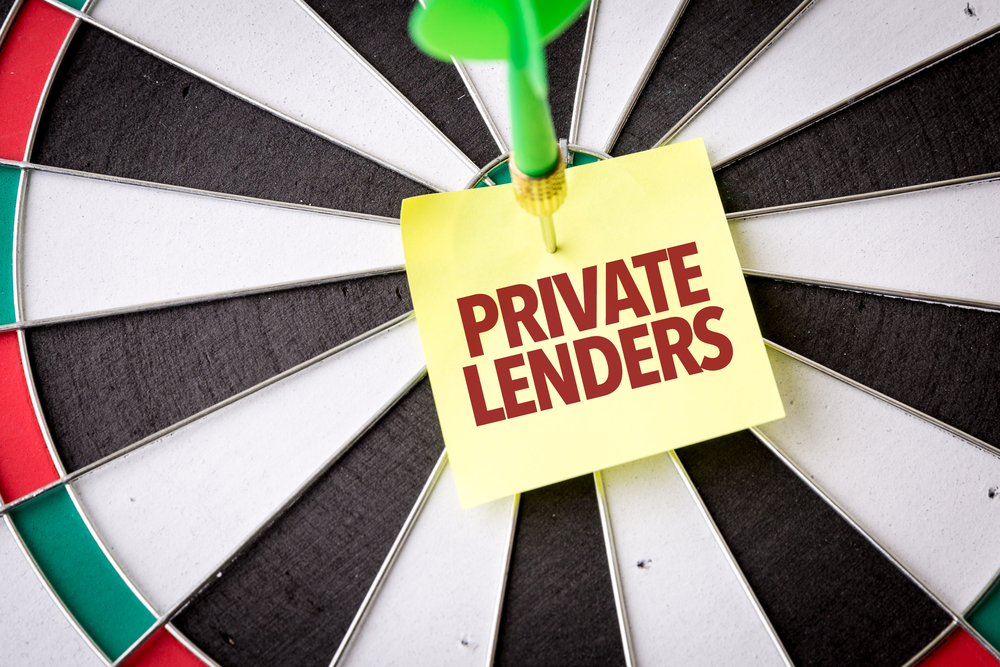Different Ways To Earn With Real Estate
There are many different ways for someone to make money in real estate. It is for this reason that it is such a popular investment area. Lately, it has once again gained in popularity, but there are still a lot of people who don’t really know how to get into it and whether they have the finances to do it. The reality, however, is that it is possible to get into real estate investing without fantastic credit, million dollar assets, and a huge savings account. Rather, you could start a small escrow and get started straight away.
Escrow is a legal concept in which a financial instrument or an asset is held by a third party on behalf of two other parties that are in the process of completing a transaction. The funds or assets are held by the escrow agent until it receives the appropriate instructions or until predetermined contractual obligations have been fulfilled. Money, securities, funds, and other assets can all be held in escrow.
There are a number of different ways to get into real estate investing as well.
1. Long Term Residential Rentals
The majority of people who invest in real estate do so by becoming a landlord. Because people will always need a roof over their head, investing in residential properties is a pretty safe bet. Play your cards right, and you can use this not just as an investment in your future, but even for present cash flow.
Many people invest in rental properties simply because of the cash flow – the extra money that is left after all the bills have been paid. The cash flow can provide ongoing, monthly income that is mostly passive, allowing you to spend your time building a business, traveling or reinvesting in more real estate.
However, getting into residential investments will generally mean that you have to save up for a deposit, unless you can find a reduced property and use the equity in the house as a deposit.
2. Lease Options
A second option is to lease, which is particularly good for those who don’t have a lot of money saved up or whose credit is less than amazing. Specifically, investors will lease to own.
A lease purchase is a written agreement between a landlord and tenant giving the tenant an option to purchase the property at some future point in time.
One of the greatest advantages is that, once you enter a lease to own contract, the existing owner cannot change his or her mind anymore. This also means that, if the housing market changes, you could get a significant discount on the property at the end of your lease term. If that happens, you can immediately sell the property at that point and make an interesting profit.
3. Fix and Flips
The next option is to fix and flip properties, which can be a very lucrative investment. However, don’t let the popularity of reality television shows fool you into thinking that this is easy. To properly fix and flip, you need a contractor and you must inspect each property. You then have to go through the five stages of fixing and flipping.
These steps are choosing the right neighborhood, checking housing market statistics, verifying the condition of the fix and flip properties, forecasting the overall budget, and calculating the potential profit.
Being successful in fixing and flipping means being very good at math. You have to calculate how much you will spend on the property and how much you will then need to sell it for in order to make a profit. The best investment properties are those that are selling for little money and that don’t require a lot of fixing, but they are also the hardest to find.
4. Contract Flipping Options
If you do not feel comfortable taking full responsibility for a fix and flip, you can venture into contract flipping instead.
Flipping a real estate contract involves transferring your interest in the contract (also known as assigning) to a third party.
In very simple terms, it means that you find a seller who is desperate to sell and put them in touch with a buyer who wants to make a purchase today. You then charge a fee for bringing these two together. Essentially, you won’t invest in actual real estate assets, but rather in contracts between those who want to own real assets.
5. Short Sales
The short sale option is quite tricky and difficult, but the potential for return is tremendous. In a short sale, someone who has defaulted on his or her mortgage hasn’t quite gone into foreclosure. Rather, the bank agrees that, instead of pursuing foreclosure, they will allow the house to be sold for less than what is still owed, which is generally much less than the actual value of the property. You need to have very strong negotiating skills to achieve this.
This type of sale is difficult and tricky, but it can bring in a huge return. This can happen when homeowners are behind on their mortgage, but the mortgage hasn’t actually gone into foreclosure yet. In order for a short sale to happen, everyone needs to agree because the amount will be less than what is still owed on the mortgage. You then negotiate a fair price that is acceptable to all parties.
6. Hard Money Lending
There are two ways to get into hard money lending: borrow money to purchase real estate or lend money to those wanting to get into real estate. Both options have their pros and cons, with the biggest disadvantage being the riskiness of the lending environment and the biggest advantage being the speed with which these loans are completed. Hard money lending is needed for loans on properties that banks will not touch, which include short sales, foreclosures, and fix and flip properties.
7. Commercial Real Estate
Getting into commercial real estate usually takes a great deal of money, not in the least because of the size of the properties, which means they are expensive. Not just that, they must often be fully repaired and renovated, after which they can either be rented or leased out, or they can be sold. Commercial real estate is a popular investment because there is a tremendous demand for it, particularly in certain up and coming areas. However, it is also incredibly risky due to the high expense involved in it.
.center_container #informationFacilitiesContainer h1 { color: !important; }.tms-card-container h2, #categoryFacilitiesContainer h2 { color: !important; }.tms-button { background-color: !important; }.center_container #categoryFacilitiesContainer #categoryCardContainer .col .card-title { color: !important; }.pagination-container .pagination li a { color: !important; }.center_container #browsingFacilitiesContainer h1 { color: !important; }.center_container .tms-card-container #facilityCardContainer .card-title { color: !important; }browsingFacilitiesContainer html a { color: !important; }.qa-decor-border-red { border-bottom: 3px solid !important; }















